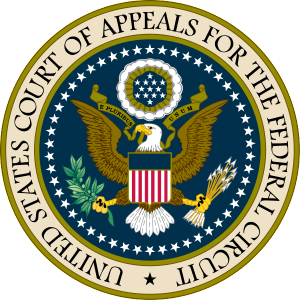Tomorrow, November 20, 2014, could be a momentous day in the history of immigration reform. President Barack Obama is poised to announce an executive order on immigration tomorrow night in prime time. From Del Sol High School in Las Vegas, NV, the president is expected to at least outline action to provide immigration relief to up to five million undocumented immigrants. Immigration reform has been building momentum over the past decade towards the purpose of providing some forms of relief to millions of immigrants who either entered illegally or have stayed past their legal status because they have built meaningful lives in and contributed to the United States. DACA provided limited relief to some children who were brought to the United States without status. Perhaps tomorrow will bring an updated DACA but for adults. The president is also expected to address other immigration issues, such as the low H1B visa cap, the fact that dependents count against the employment caps, and measures to attract and retain more high-tech workers.
There are multiple dimensions and issues at play for the president. The prospects of comprehensive immigration reform have ebbed and flowed over the past seven years. There have been times of great Democratic and Republican support; there have been periods of harsh opposition. The DREAM Act has not yet materialized, even though it seems like the least controversial measure to pass. Comprehensive immigration reform seemed like a slam dunk following the November 2012 elections, but consistent opposition have foiled that probability through legislative actions. Seeing that the legislative options have not produced any positive results for hopeful immigrants, the president has decided to resort to executive action. Considering the Republican composition of both houses of Congress and the inability of Congress over the past two and seven years to pass immigration reform, the executive order seems like the next best option.
The specter of executive action has roused indignant opposition – both at the nature of the reforms being ordered and the very idea of using the executive order. Even though President Obama has used the executive order infrequently throughout his presidency compared to other presidents, opponents are accusing him of kingship, royalty, dictatorship, and the like for usurping what they see as Congress’ job. Immigration is affirmed as a federal matter and every president since Eisenhower dating back sixty years has issued an executive action on immigration. Political opposition is fierce and when an immigration executive order was considered during the summer, congressional Democrats in close elections begged Obama to hold off, fearing backlash would oust them from Congress. It turns out that Obama delayed action for nearly three months on their behalves, and they were rejected out of office anyway.
Comprehensive immigration reform has dominated national headlines for seven years because it addresses one of the most important issues in the United States. There are perhaps 12 million undocumented migrants. Resources can be spent on enforcement and border security, but many intelligent and comprehensive solutions are required to this multi-faceted problem. That is in addition to the variety of legal immigration problems that need solving. While it is unlikely green cards will be available for undocumented migrants, one hope is a pathway to US citizenship for qualifying undocumented immigrants. The possibility announced last week was deferred deportation and work authorization for up to five million undocumented immigrants, with family ties and enough years of residence, as covered in the previous blog post. That is a relatively vanilla action compared to pathways to citizenship naturalization and lawful permanent residence.
Whatever happens tomorrow, we can be sure that there will be strident opposition and threats to undermine it. Regardless, prime time

Immigration Reform
tomorrow night could be an important night for millions of people whose lives hang in the balance of uncertainty. The Immigration Attorney and staff at the Law Offices of Andrew Wood commends President Obama for taking action, and awaits the President’s announcement with hopes that millions of hard working individuals will benefit from the upcoming change.
 The US Court of Appeals for the Fifth Circuit denied an appeal of a preliminary injunction of President Obama’s executive actions for expanding Deferred Action for Childhood Arrivals and Deferred Action for Parents of Americans (new DACA and DAPA) on November 9. A federal judge in Texas struck down the executive actions in February of this year and the Department of Justice has been litigating against states opposed to the implementation of the executive action programs. The decision was divided, but it means that the executive action programs remain unusable. The Obama Administration is expected to seek an immediate review of the decision by the US Supreme Court.
The US Court of Appeals for the Fifth Circuit denied an appeal of a preliminary injunction of President Obama’s executive actions for expanding Deferred Action for Childhood Arrivals and Deferred Action for Parents of Americans (new DACA and DAPA) on November 9. A federal judge in Texas struck down the executive actions in February of this year and the Department of Justice has been litigating against states opposed to the implementation of the executive action programs. The decision was divided, but it means that the executive action programs remain unusable. The Obama Administration is expected to seek an immediate review of the decision by the US Supreme Court.
